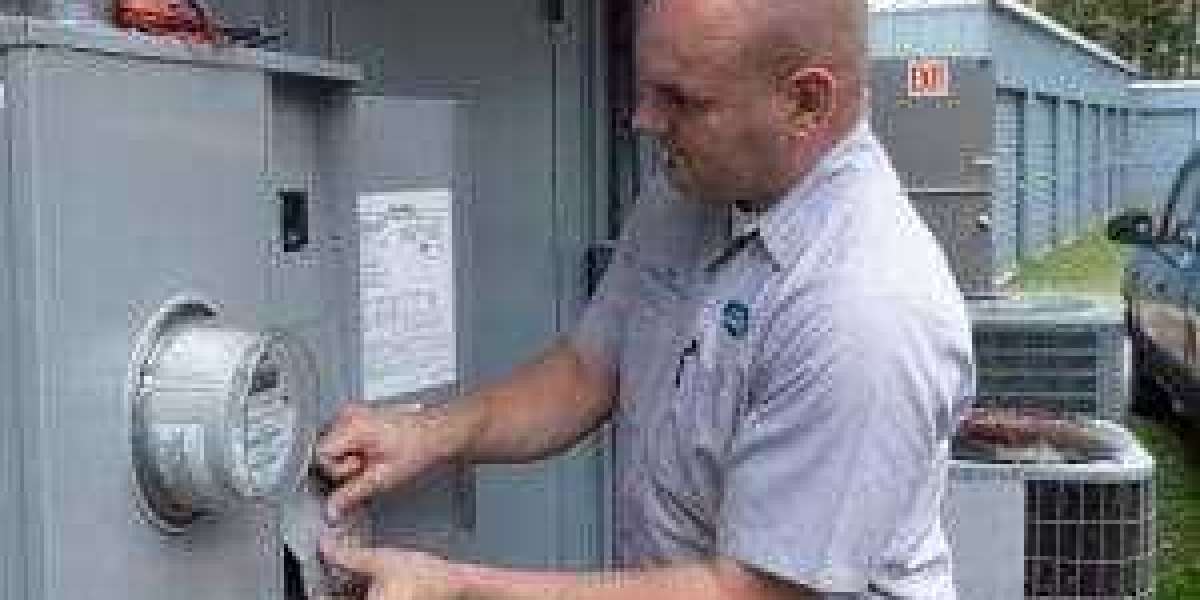Video analytics is a technology that is extensively utilized and independently analyzes content that is captured by video cameras. Real-time video data analysis is performed by intelligent algorithms to produce insights into the events that are occurring in a sequence of images. The security sector extensively employs video analytics to detect and gain insights into the motion of objects, people, and vehicles present in CCTV footage.
A more practical and efficient method to evaluate and observe security footage is through video analytics surveillance systems. In real-time and during investigations, security personnel can identify and effectively respond to suspicious activities by autonomously categorizing content collected by multiple cameras over a period of several days by matters of interest.
Traditional video analytics and AI-based video analytics are the two primary categories of systems that require your attention when discussing video analytics. Rule-based algorithms are implemented by fundamental systems to evaluate video content. Nevertheless, conventional video analytics systems are incapable of retaining information or learning from incidents that have already been recorded.
In order to gain image insights, AI-based video analytics also employ a rule-based approach. However, their algorithms improve their learning capabilities by employing AI and ML tools to analyze a wider variety of data. In summary, the detection accuracy of video analytics systems can be enhanced by incorporating deep learning to identify patterns from historical events.
This results in the most frequently encountered forms of video analytics. Automatic license plate recognition (ALPR) is one technology that is particularly noteworthy. In order to analyze the license plate information of passing vehicles, these cameras use a unique form of video analytics called Optical Character Recognition (OCR).
In addition to detecting dubious vehicles through the observation of access highways and parking areas, this technology can be employed to facilitate parking management and vehicular access control operations.
Crowd detection can also be achieved through the utilization of video analytics algorithms. These algorithms are designed to detect humans and quantify the density of populations within a camera's field of view. Crowd detection analytics is used to improve the safety of live events by informing teams of potential bottlenecks and disturbances that may call for additional attention. Additionally, it is implemented to monitor occupancy levels and identify anomalous activity.
Consequently, real-time video analytics provides a variety of considerable advantages to businesses in the majority of critical sectors, enabling professionals to gain actionable insights into critical infrastructure, security, and organizational processes. Teams can enhance security responses, gain insights into business operations, and facilitate the safe completion of tasks with the help of video analytics technology.
Recherche
Messages populaires








